

Choosing the right self drilling screw for wood can significantly impact the success of your woodworking project. This comprehensive guide explores various types of self-drilling screws, their applications, and best practices to ensure a strong and durable bond. We'll cover everything from understanding screw specifications to selecting the perfect screw for your material and project.
Self drilling screws are designed with a pointed tip and cutting flutes that allow them to drill their own pilot hole as they are driven into the wood. This eliminates the need for pre-drilling, making them a time-saving option for many woodworking tasks. They're available in a wide variety of materials, sizes, and finishes, each suited for different applications.
Several types of self drilling screws for wood exist, each with its strengths and weaknesses:
Selecting the correct self drilling screw for wood requires considering several factors:
To ensure a successful outcome, follow these best practices:
| Feature | Wood Screw | Sheet Metal Screw |
|---|---|---|
| Typical Application | General Woodworking | Hardwoods, Metal |
| Holding Power | Good | Excellent |
| Pre-drilling Required | Sometimes | Often |
Remember to always prioritize safety when working with power tools. Consult your tool’s instruction manual for specific safety guidelines.
For a wide selection of high-quality self drilling screws for wood, consider exploring options from reputable suppliers. For further assistance, you can contact Hebei Muyi Import&Export Trading Co.,Ltd for their expertise in fastener solutions.

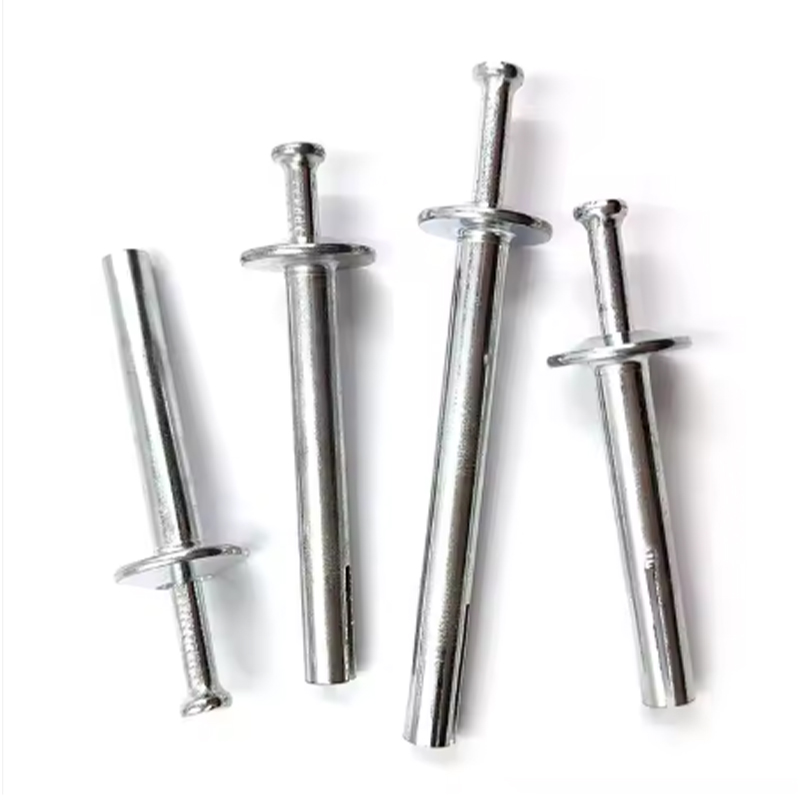
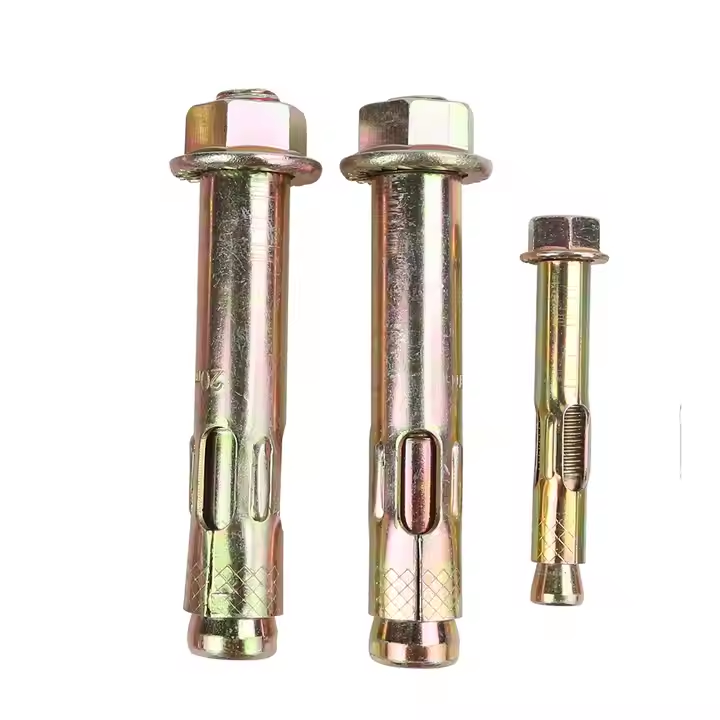

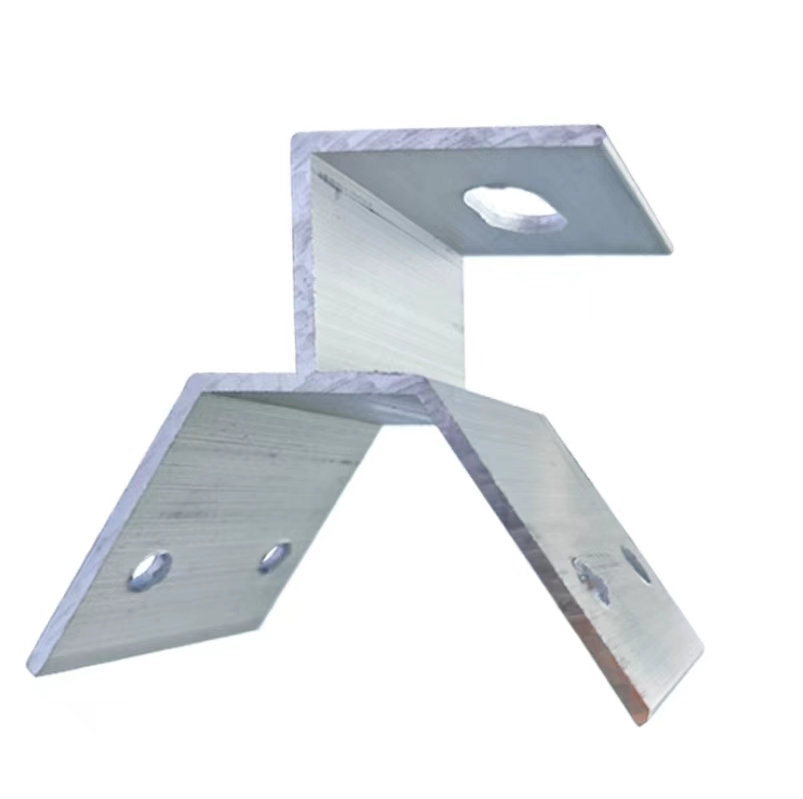

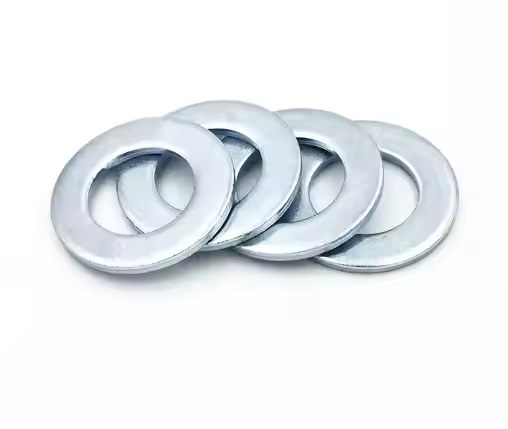


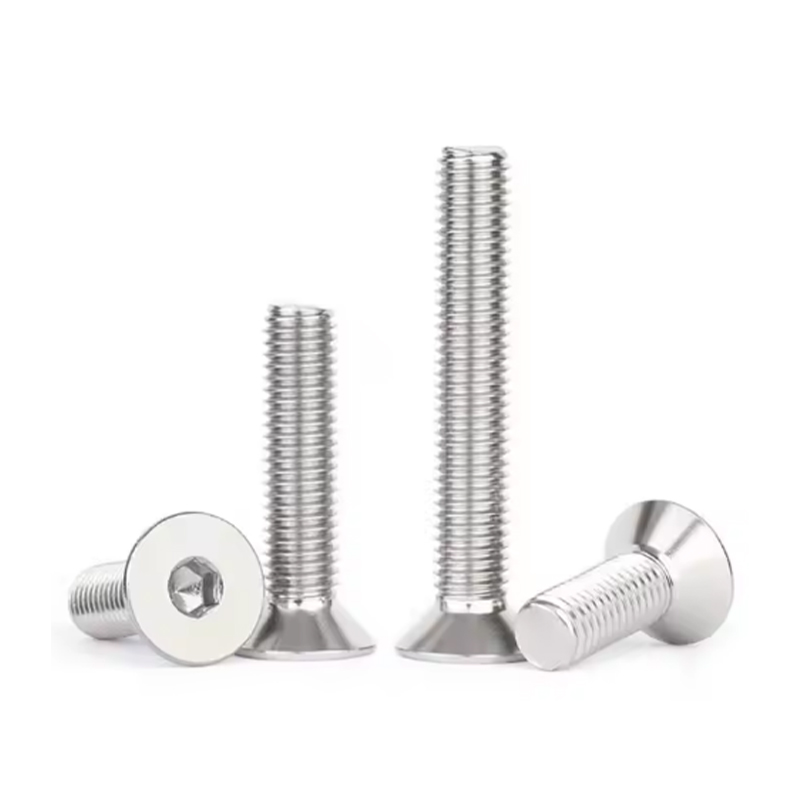
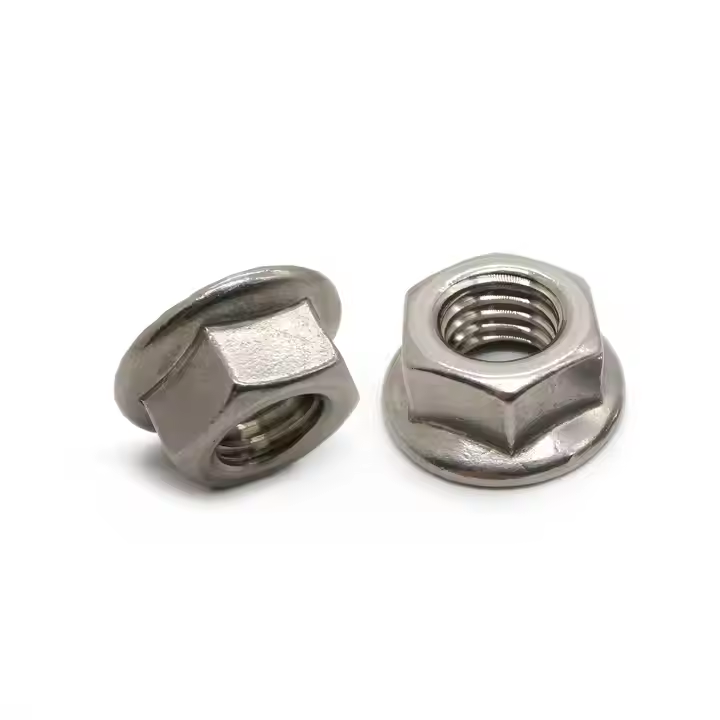


Please enter your email address and we will reply to your email.